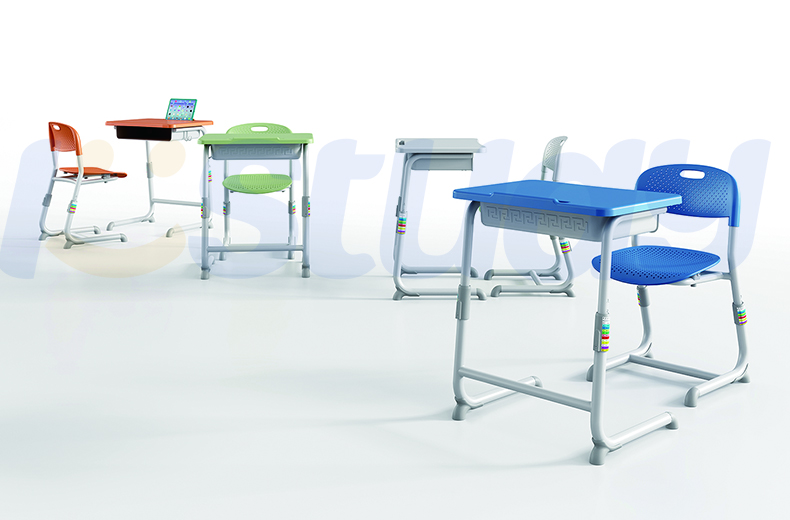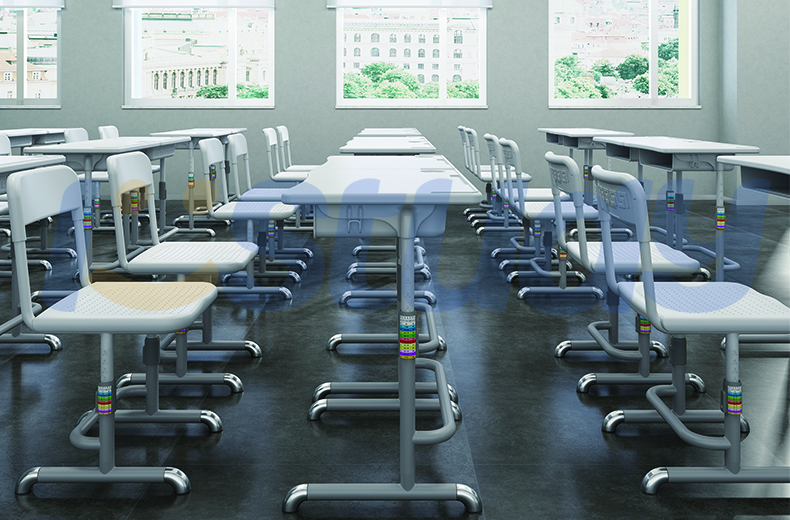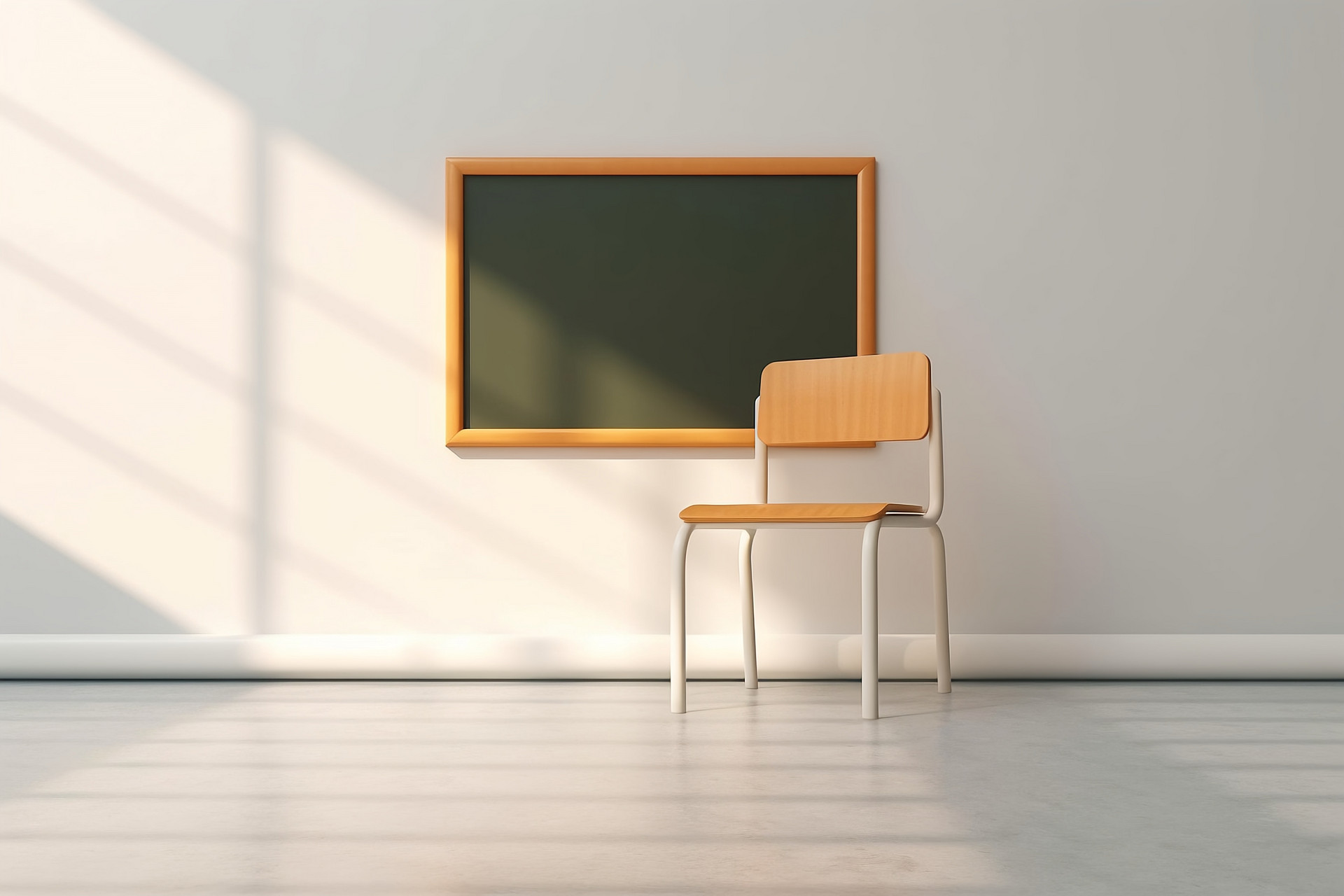A guide to proper use of school furniture
1. Situational Awareness:
Before using school furniture, take a moment to assess the classroom layout and design. Consider factors such as available space, seating arrangements, and the intended learning activities. Adjust furniture placement as needed to facilitate optimal student engagement and interaction.

2. Proper Seating Posture:
Encourage students to maintain good posture when using chairs and desks. Sit with feet flat on the floor, back straight, and shoulders relaxed. Ensure that desks are positioned at an appropriate height to support proper alignment of the spine and arms while writing or typing.
3. Weight Distribution:
School furniture is designed to support the weight of students and their belongings safely. Avoid placing excessive weight on desks or chairs, as this can cause structural damage or instability. Distribute weight evenly across the surface of the furniture to prevent tipping or collapse.
4. Respect for Equipment:
Teach students to treat school furniture with care and respect. Avoid leaning back in chairs, standing on desks, or engaging in rough play that could cause damage. Encourage students to use furniture for its intended purpose and to report any issues or damage promptly.
5. Organization and Storage:
Utilize storage compartments, such as drawers or cubbies, to keep desks and classrooms organized. Teach students to store their belongings neatly and to avoid cluttering shared spaces. Implement systems for distributing and collecting materials efficiently to minimize disruption during transitions.

6. Collaboration and Flexibility:
Arrange furniture in configurations that facilitate collaboration and group work when appropriate. Use movable desks and chairs to create flexible seating arrangements that accommodate different learning activities and teaching styles. Encourage students to rearrange furniture as needed to support collaborative projects or discussions.
7. Regular Maintenance:
Inspect school furniture regularly for signs of wear, damage, or malfunction. Repair or replace any damaged or worn-out furniture components to ensure the safety and functionality of classroom equipment. Clean furniture surfaces regularly to maintain a hygienic learning environment.
Proper use of school furniture is essential for creating comfortable, functional, and conducive learning environments for students. By promoting situational awareness, encouraging proper seating posture, distributing weight evenly, fostering respect for equipment, prioritizing organization and storage, facilitating collaboration and flexibility, and performing regular maintenance, educators can maximize the benefits of school furniture while promoting student well-being and academic success.

